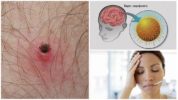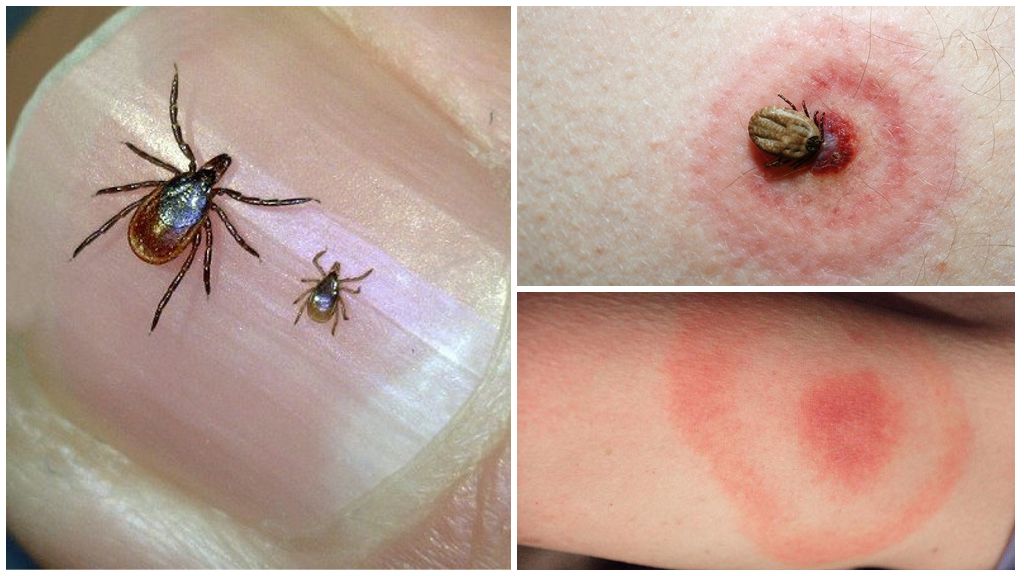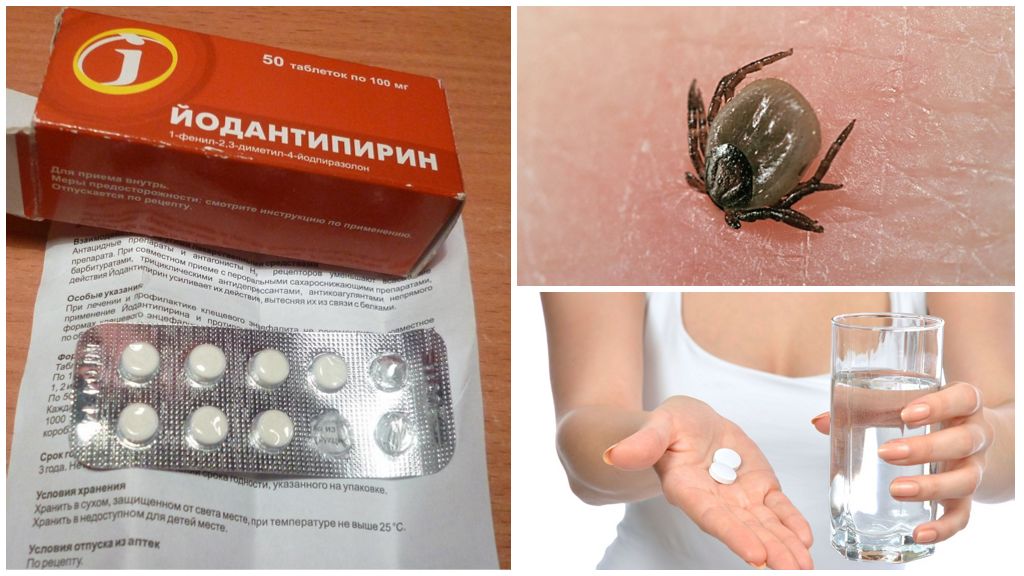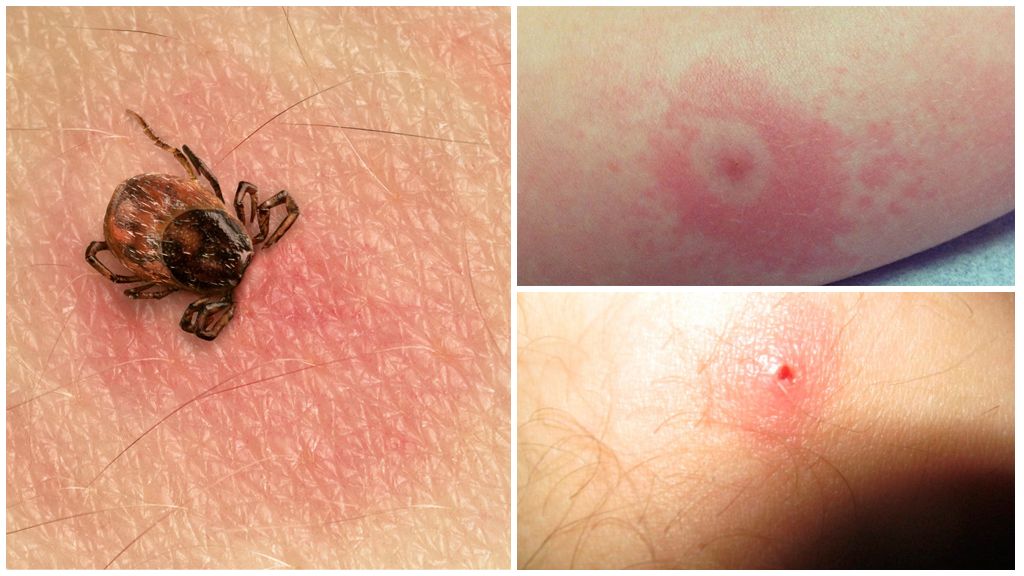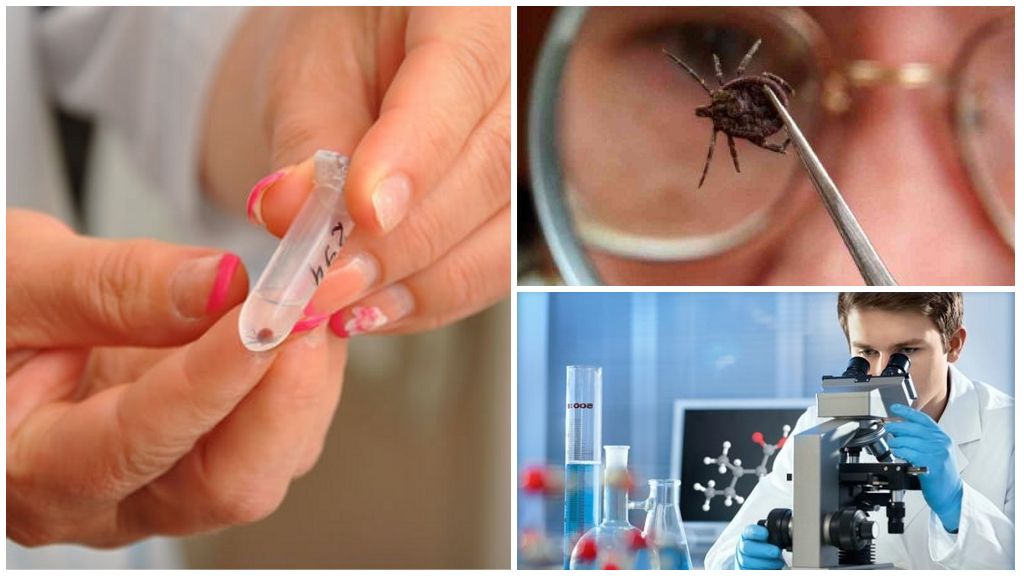- Tick-borne encephalitis
- Tick extraction methods
- Encephalitis Vaccine
Such as Tick-borne Encephalitis do not exist in nature. So often called ixodid tickscapable of parasitizing in various animal species throughout their lives. Because of this ability, ixodic carry diseases dangerous to humanswhich animals are resistant to. One of these diseases is tick-borne encephalitisdistributed throughout Eurasia. The ticks that live in the Asian part of the continent are most infected with encephalitis. What to do if an encephalitis tick has bitten depends on the location of the victim, the availability of the necessary equipment.
Encephalitis Mites
So for brevity, they are called ixodic, capable of transmitting the disease, in Encephalitis Dysfunctional Areas. In the taiga in the Asian part there is a natural reservoir of the disease. After being bitten by an animal with encephalitis, mite becomes a carrier of the virus. In the next stage of development, the parasite can attack a person and transmit the virus to him. All ixodid ticks living there can be called encephalitis, although only 6% of the total population is the carrier of the virus.
The parasite itself feels great, there are no signs of the presence of a virus in it. It is impossible to determine the carrier of the virus “by eye”; this is done only in the laboratory. Therefore, it is necessary to take preventive measures in case the tick is encephalitis.
On a note!
Incubation period disease for at least 4 days.
Types of Encephalitis and Its Symptoms
Encephalitis is a viral disease that can spread not only with tick bite. The incubation period depends on the mode of transmission. The period of the latent course during oral infection is minimal (raw milk and dairy products). With this route of infection, the incubation period is 4-7 days.
With a tick bite, that is, direct transmission of the virus from the carrier to the person, the latent period of the disease is 1-2 weeks. During this time, the victim manages to forget about the bite and does not attach importance to the symptoms that have appeared.
The course of the European subtype of encephalitis passes in 2 stages:
- within 2 days, a person experiences fever, nausea, muscle pain, headache;
- condition improvement for 8 days;
- the second phase occurs in 30% of patients and is accompanied by damage to the central nervous system.
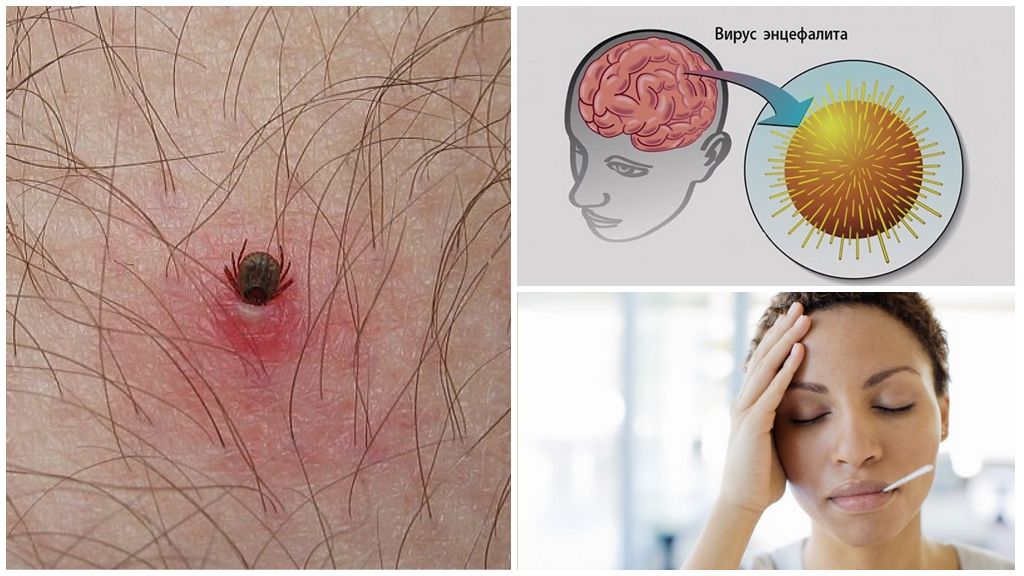
The Far Eastern subtype is characterized by rapid flow. The disease goes through all stages until the defeat of the central nervous system in 3-5 days.
Important!
Encephalitis cannot be treated.
What to do if an encephalitis tick is bitten
Best to take protective measuresto avoid bites of ixodid ticks
- Wear protective clothing tick-borne suit;
- to use tick remedies;
- carefully choose a place for spending the night in the forest;
- do not rest on the grass;
- carefully inspect the body every few hours.
And do not believe in the effectiveness of folk remedies, and that ticks are afraid the smell of aromatic oils and light clothing (they are better visible on it). They can not be collected with a clothes roller and killed with vegetable oil or ash. In areas of dysfunctional encephalitis, it is advisable to pre-do anti-encephalitis vaccine.
In addition to encephalitis, these parasites carry a number of other dangerous diseases. Chances of contracting a bite tick borreliosis (Lyme disease) significantly higher. But borreliosis is treated with antibiotics, therefore, is not as dangerous as encephalitis.
Important!
First aid for a tick bite of an encephalitis tick parasite removal from the skin and the delivery of the victim along with a living bloodsucker to a medical institution. Delivery should be made on the first day after the bite.
How to remove a tick
The encephalitis virus enters the bloodstream in the first minutes after suction along with saliva, which acts as an anesthetic. It is no longer necessary to worry about protecting the victim from encephalitis. But treatment for other diseases, including parasitic infestations, can be avoided.
Ticks in the intestines have many simple parasites that cause disease in humans. To avoid the entry of even protozoa into the bloodstream, it is necessary to observe some “when not” tick removal:
- roughly pulling out an arthropod, squeezing its body;
- pierce the body of a bloodsucker with a red-hot needle;
- fill the tick with vegetable oil or grease;
- pull out the parasite with ordinary medical tweezers.
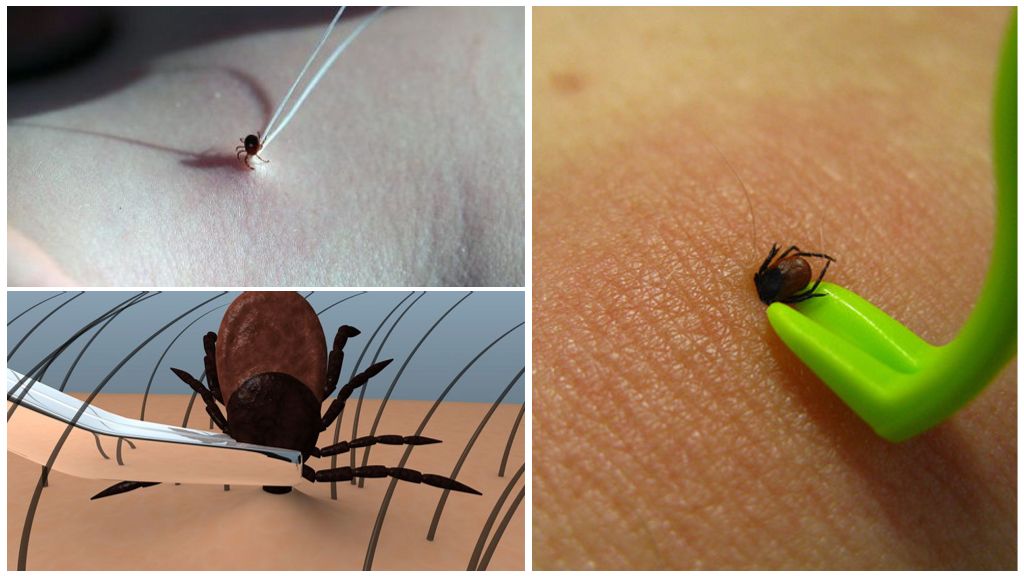
It is not possible to safely remove the encephalitis tick by these methods. In addition, they all lead to the death of the animal. This means that it will not be possible to analyze and find out if the tick was really encephalitis.
On a note!
Tick need deliver to the laboratory alive and no later than 24 hours after the bite.
Proper bite action
Taiga tick immerses the head very deeply in human skin and it is difficult to pull it out without damage. Since it will take him at least 24 hours to saturate, you can manage to get to the hospital with him and provide a specialist to remove a bloodsucker.
On the European territory of Russia, people are more likely to encounter canine or European forest ticks. These species immerse only the proboscis into the body, leaving their heads outside. If a person is bitten by a dog tick, it can be pulled out independently:
- with a strong thread syringe;
- gently with tweezers or fingers (a very dangerous method);
- special devices.
A loop is made from a strong thread, which is thrown on the head of the tick as close to the skin as possible. Tighten and rotate the arthropod counterclockwise.
Removing with tweezers or fingers is a very rough way. You can kill a tick or cause a backflow of saliva by "injecting" the contents of the intestines of the animal into your bloodstream.
Removal Devices:
- "Tweezers", more like a crowbar;
- steel wire loop
- Vacuum pump.
The first two are more convenient modifications of a common thread and act on the same principle: to capture the proboscis of a tick between human skin and the head of an arthropod; remove by turning counterclockwise.
The pump acts on the principle of a syringe, creating a vacuum and "sucking" the bloodsucker out of the skin. You can do it yourself by carefully cutting off a disposable syringe.
Encephalitis Prevention
After the tick is removed from the skin and placed in a jar, it must be delivered for research. An unvaccinated person has only 96 hours to eliminate the consequences of a bite.

Prevention carried out by injection human immunoglobulin. The most effective injection during the first 24 hours after a bite. Analysis for the presence of encephalitis takes 5 hours. To get the result on the same day, the tick must be brought to the laboratory before 11 a.m. The tests are not carried out everywhere and the delivery of the arachnid to the laboratory on time is unlikely, so the victim has a choice: either wait for the result, or make an immunoglobulin injection immediately.
The cost of the injection depends on the weight of the victim. Dosage: 1 ml of the drug per 10 kg of weight. The cost of 10 ampoules of immunoglobulin of 1 ml each in Moscow is from 6 thousand rubles.Using simple arithmetic operations, you can calculate how much the necessary dose will cost for a particular person. Here you need to add more medical services, since it is difficult to inject yourself more than 5 ml of liquid yourself.
Types of analyzes
Since a bloodsucker transmits not only encephalitis during a bite, two types of tests are done in the laboratory: two types of diseases and four.
Two species are tick-borne encephalitis and Lyme disease (tick-borne ixodic borreliosis). The cost of this analysis is from 1000 rubles. Four: encephalitis, borreliosis, ehrlichiosis, and granulocytic anaplasmosis. The cost of the analysis for four types of diseases is from 2000 rubles.
In Moscow and the Moscow Region tick tests carried out in the laboratory of the Center for Hygiene and Epidemiology in the Moscow Region FBUZ in Mytishchi and at the Institute of Poliomyelitis and Viral Encephalitis in Vnukovo. Already by the names of the cities it is clear that it is better to first make an injection of immunoglobulin, and then go to take the tick for analysis.
